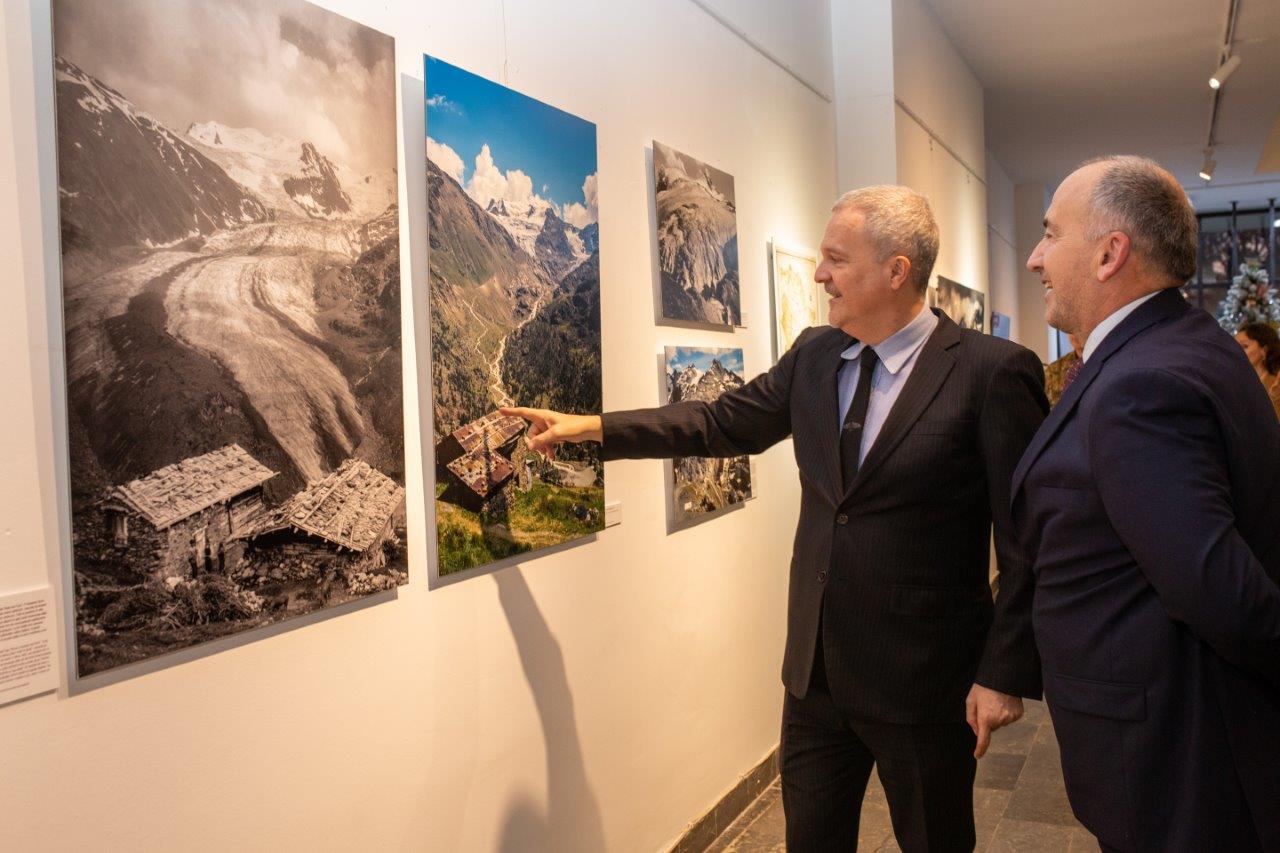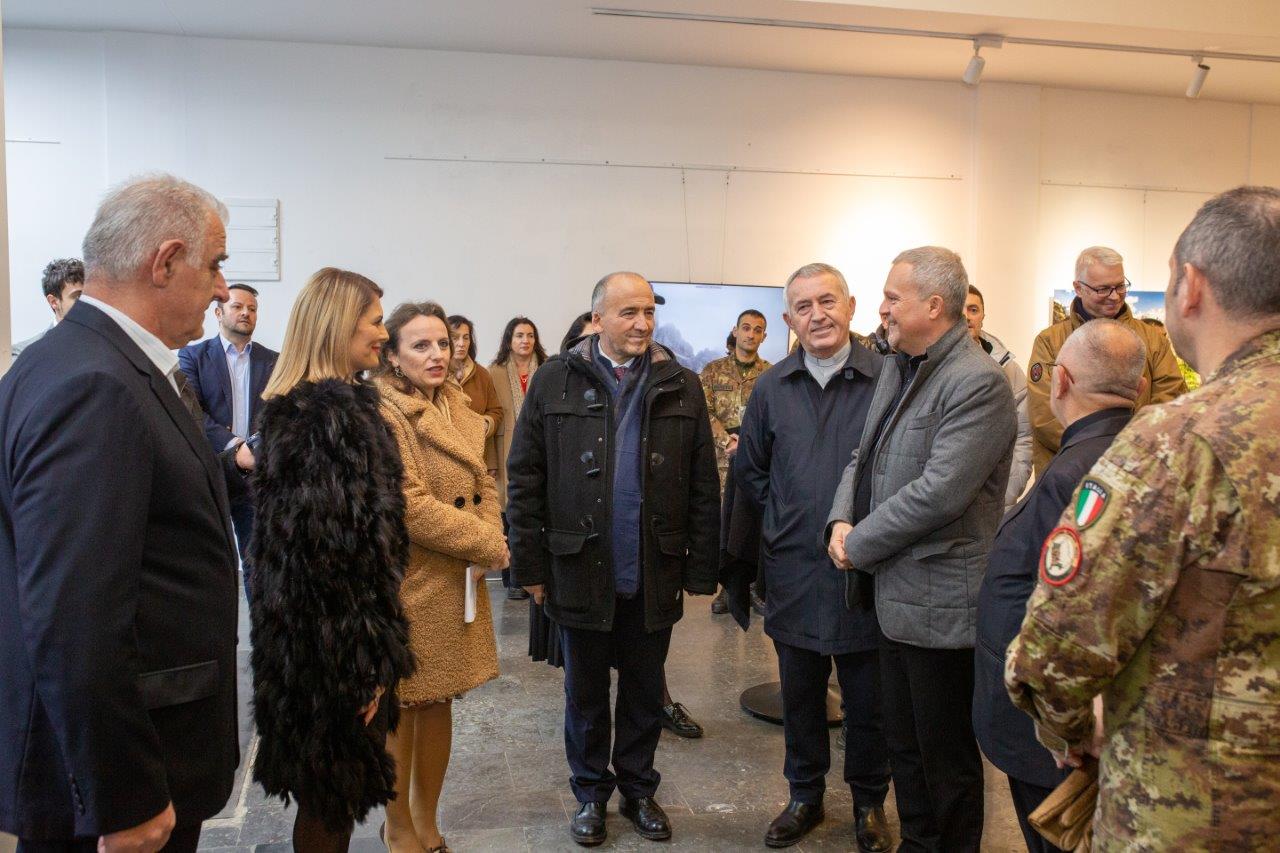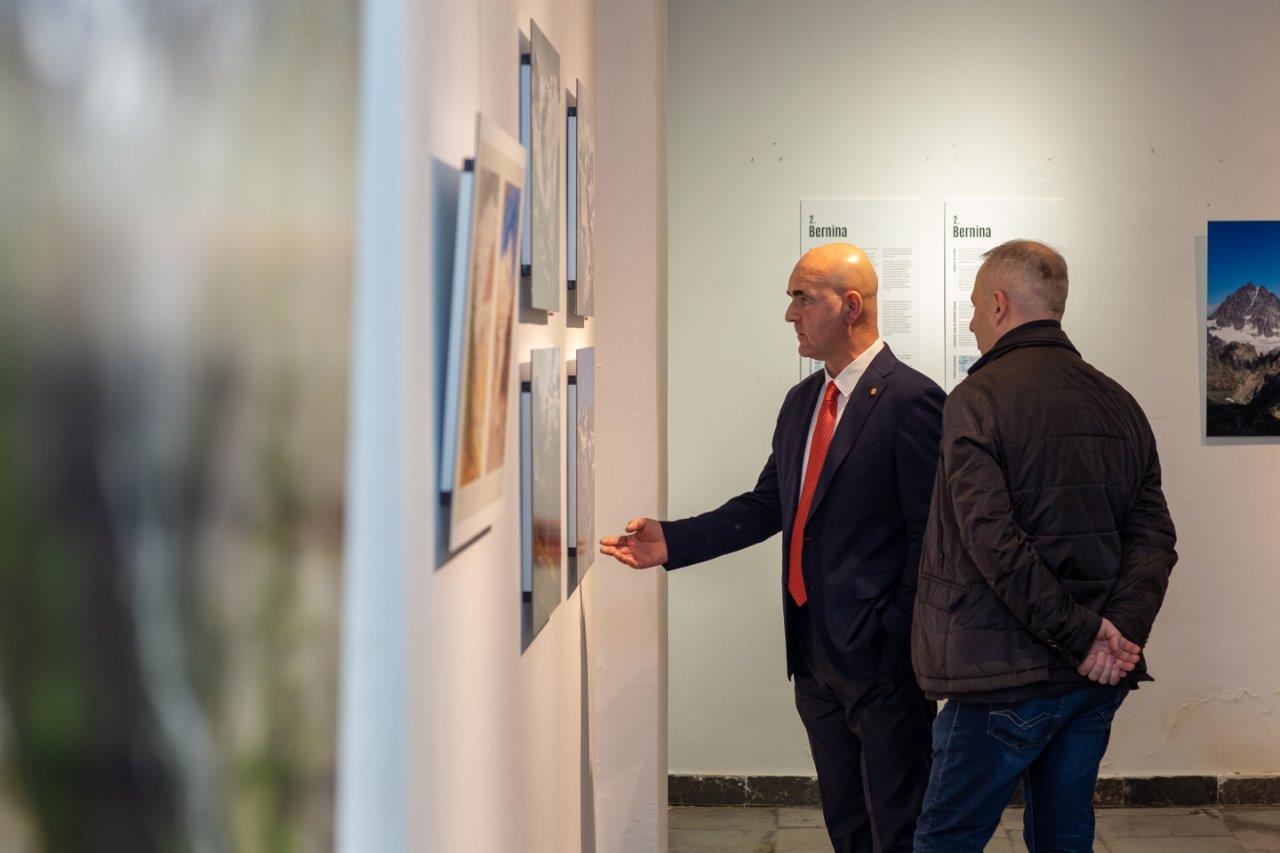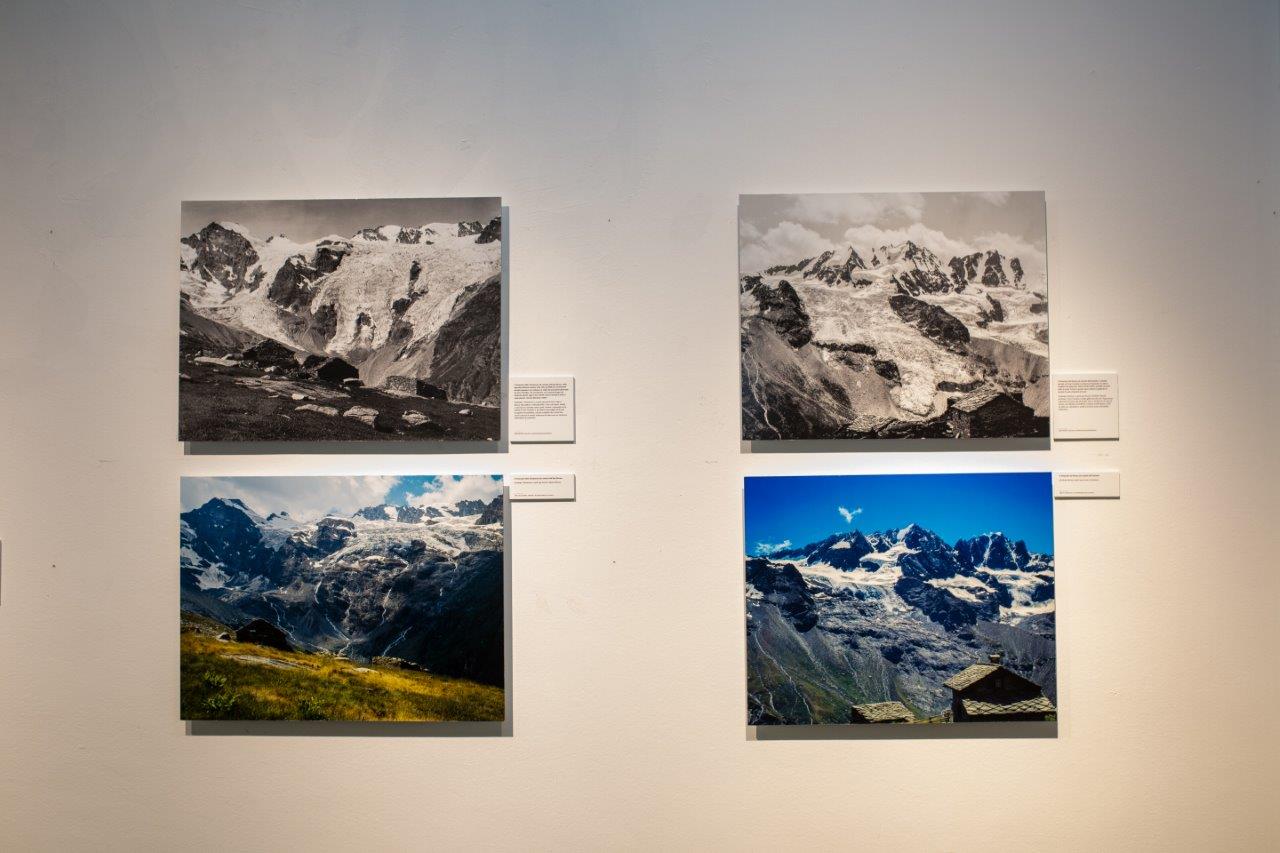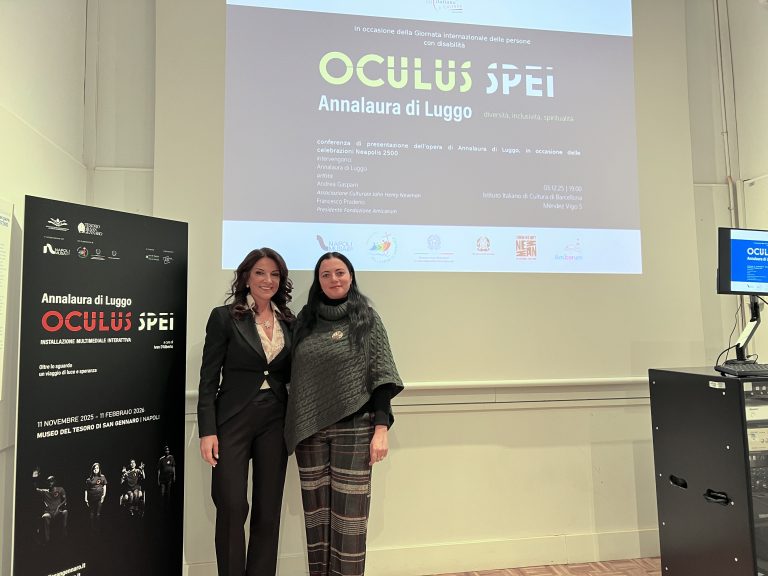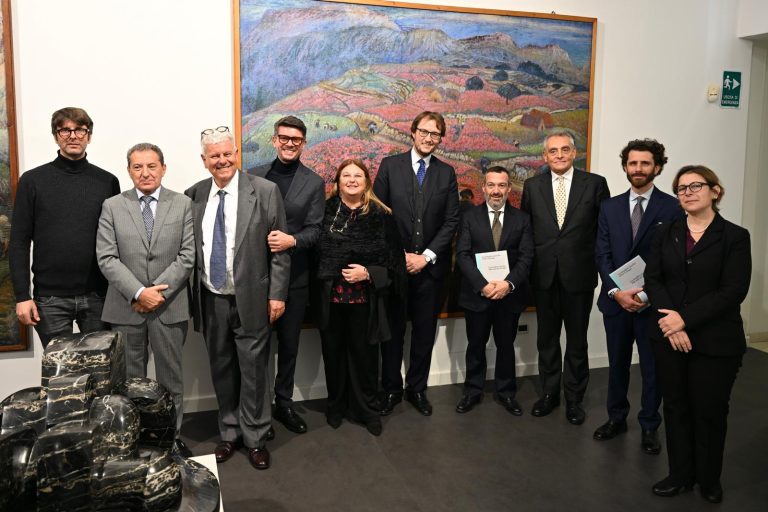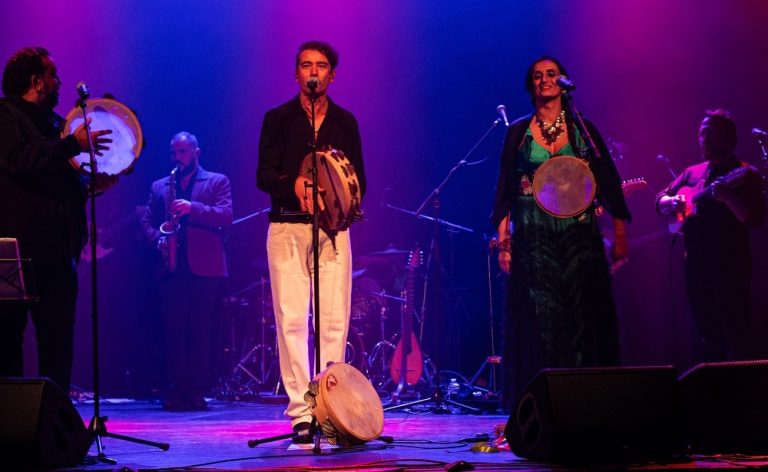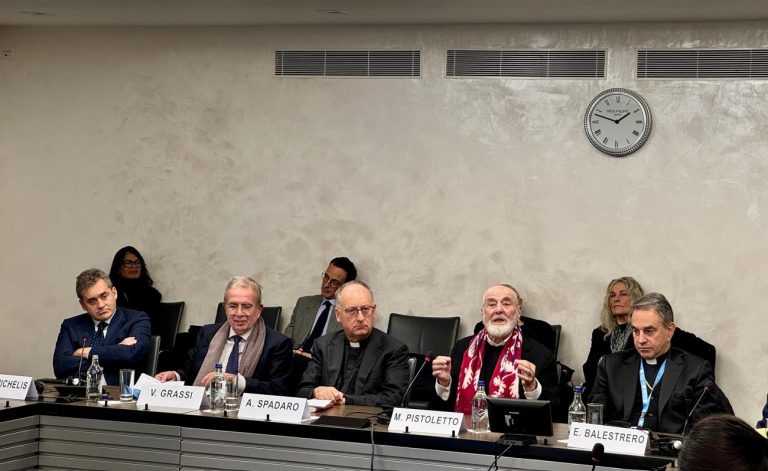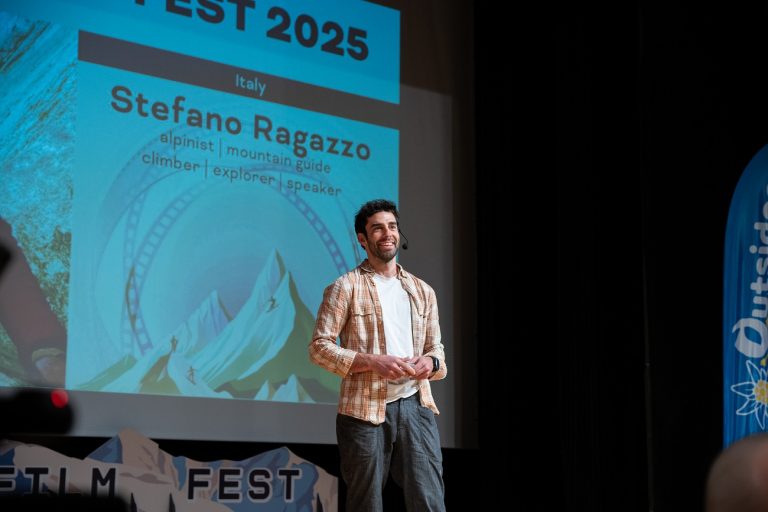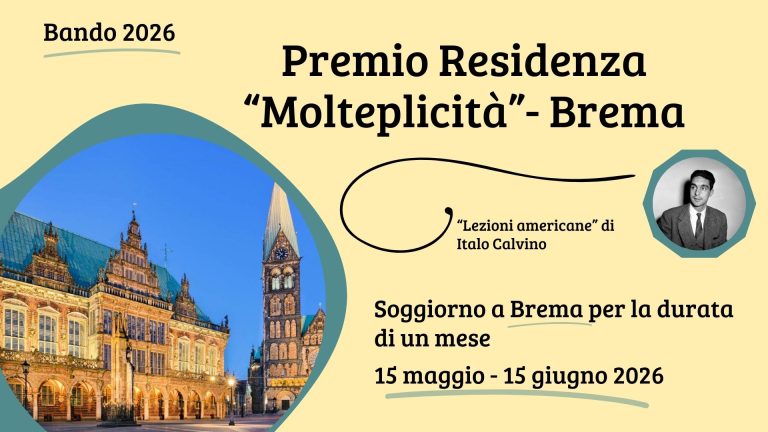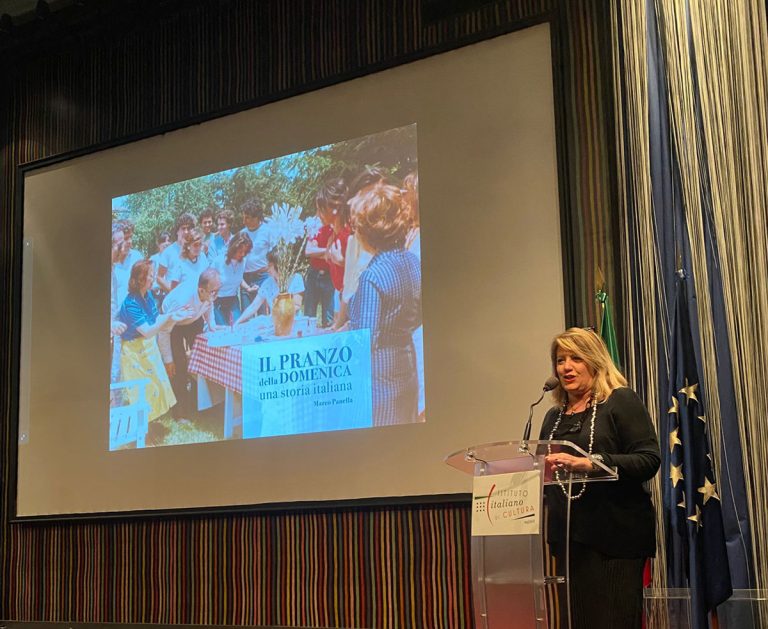The photographic exhibition Italian Routes – Mountains, Mountaineering, Climate Change, conceived and curated by landscape photographer Fabiano Ventura and promoted by the Italian Ministry of Foreign Affairs in cooperation with the Italian Embassy in Pristina and the Italian Cultural Institute of Tirana is now in Peja, Kosovo. The exhibition was inaugurated in the presence of the Italian Ambassador Antonello De Riu and the Mayor of Peja Gazmend Muhaxheri on 28 December at the “Shtëpia e Kulturës” Art Gallery (Rr. Enver Hadri, Peja), and will be open to the public with free admission until 29 January.
“With this exhibition, which has already been on display in Vietnam, Korea, Switzerland, and Georgia, and is being held simultaneously in Albania, we intend to communicate to the public the great Italian tradition linked to mountain culture and mountaineering as a means of understanding the mountain territory”, said Ambassador De Riu. “It is no coincidence that the city of Peja was chosen for this exhibition. Here, in fact, the Italian Development Cooperation is carrying out the “NaturKosovo” project, implemented by the Italian NGO “RTM” in cooperation with, among others, the Italian Alpine Club and the Utalaya Foundation, in order to promote the cultural, historical and natural resources of one of the most picturesque areas of the region, so as to boost an environmentally friendly economic development, create jobs for the populations of the Rugova Valley, support local institutions as regards the management of tourism, and promote the Kosovan section of the Via Dinarica”, added the Head of the Embassy.
The central part of the exhibition, “Italian Mountains”, is an ideal journey that from Gran Paradiso traverses the entire Alpine arc from west to east, crossing the Mont Blanc, Monte Rosa, Matterhorn, Bernina, Ortles-Cevedale and Adamello massifs, moving on to the Dolomites and the Julian Alps in the east. The Italian route ends with a stage dedicated to the main massif in the Apennines, the Gran Sasso. Each mountain group is represented by large-format photographs that enhance its evocative landscapes and by a comparison between historical and contemporary images that highlight the evolution of the glacial masses, emphasising the effects of climate change on the mountain landscape. An introductory panel illustrating their geographical, historical and geo-glaciological characteristics is provided for each group, together with a recommended visit itinerary. Finally, for each mountain range, reproductions of documents and historical material on the first mountaineering explorations are provided.


